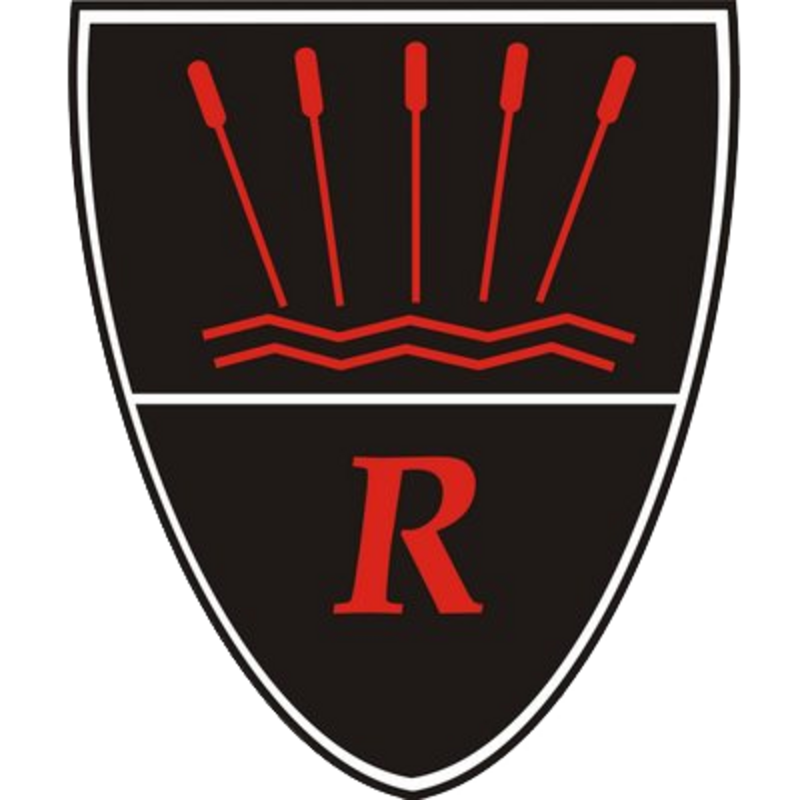
Course outline Graphic Communication utilises traditional media processes to present information and ideas, where creative thinking and individuality are encouraged. Students are required to produce practical work alongside technical and critical analysis in one or more areas of study including branding, advertising, illustration, digital media and packaging. Successful students will clearly communicate a message or series of messages through media, typography and imagery whilst keeping their brief in mind. The course is multi-disciplinary in nature and calls upon a range of abilities and skills, from hands-on media work to digital refinement. In each module students must cover four separate assessment objectives which are: • Develop: research and develop an idea including contextual sources • Experiment: use a range of media and processes to explore ideas. • Record: review, respond to ideas. • Produce: realise intentions with an appropriate outcome Lesson structure and expectations Students start with a Musical Merchandise project where they will develop and experiment with a variety of media and processes when responding to a range of designers and artists. This then evolves into a Typography project where students refine their media work into a brand suited to the brief they have written. Once they have these foundations, students then begin Component 1 (Personal Investigation) weighted 60% of their A level. This investigation will cover all four assessment objectives above with further evidence from a 1000– 3000 word critical summary. Finally, students choose from a set of externally-set briefs and complete Component 2 (40%), culminating in a 15 hour exam at the end of year 13. There is a high demand for students to keep organised and independently work in department during study periods (this is monitored). Course requirements A grade 5 in graphics or similar arts based course and a grade 4 in English. Next steps The course is an excellent springboard for those students wishing to follow a further education course or career in the following areas: • Illustration • architecture • advertising • branding • graphic design • animation • web design • marketing • product design • design management • film and television • graphic communication • photography • interior design • publishing
About Education Provider
| Region | East of England |
| Local Authority | Central Bedfordshire |
| Ofsted Rating | Good |
| Gender Type | Co-Educational |
| Address | Flitwick Road, Ampthill, Bedford, MK45 2NU |
Course outline Graphic Communication utilises traditional media processes to present information and ideas, where creative thinking and individuality are encouraged. Students are required to produce practical work alongside technical and critical analysis in one or more areas of study including branding, advertising, illustration, digital media and packaging. Successful students will clearly communicate a message or series of messages through media, typography and imagery whilst keeping their brief in mind. The course is multi-disciplinary in nature and calls upon a range of abilities and skills, from hands-on media work to digital refinement. In each module students must cover four separate assessment objectives which are: • Develop: research and develop an idea including contextual sources • Experiment: use a range of media and processes to explore ideas. • Record: review, respond to ideas. • Produce: realise intentions with an appropriate outcome Lesson structure and expectations Students start with a Musical Merchandise project where they will develop and experiment with a variety of media and processes when responding to a range of designers and artists. This then evolves into a Typography project where students refine their media work into a brand suited to the brief they have written. Once they have these foundations, students then begin Component 1 (Personal Investigation) weighted 60% of their A level. This investigation will cover all four assessment objectives above with further evidence from a 1000– 3000 word critical summary. Finally, students choose from a set of externally-set briefs and complete Component 2 (40%), culminating in a 15 hour exam at the end of year 13. There is a high demand for students to keep organised and independently work in department during study periods (this is monitored). Course requirements A grade 5 in graphics or similar arts based course and a grade 4 in English. Next steps The course is an excellent springboard for those students wishing to follow a further education course or career in the following areas: • Illustration • architecture • advertising • branding • graphic design • animation • web design • marketing • product design • design management • film and television • graphic communication • photography • interior design • publishing